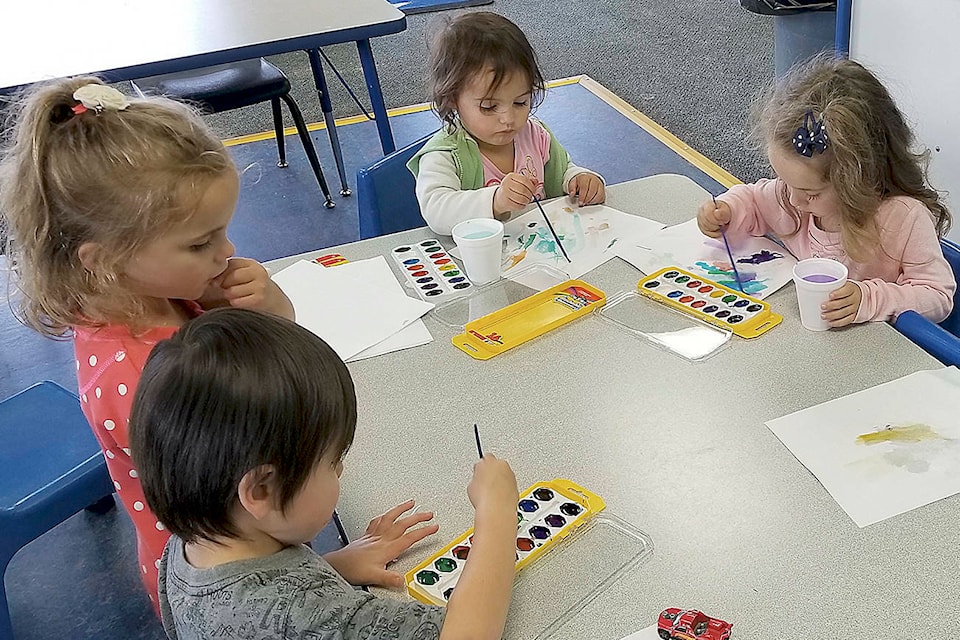A shift in how childcare services are to be provided across B.C. is now underway, creating a level of concern among private childcare owners and operators.
While the initiative started in 2018, it became more widely evident this spring with the move of childcare services from the Ministry of Children and Family Development to the newly evolving Ministry of Education and Childcare.
Federal funding of $3.2 billion from 2021-26 through a bilateral childcare funding agreement with the provincial government, is designed to provide accessible childcare, labelled as $10aDay public funding, to all B.C. families.
The connection between childcare and public education involves the use of public schools to enhance childcare spaces, which currently only accommodate about 20 per cent of B.C.’s children from preschool to Grade 7 age.
While most parents will welcome the change, there is some apprehension about how the expansion of the $10aDay subsidized childcare system will impact existing private licensed childcare operators.
Jamie Robinson, assistant superintendent for Central Okanagan Public Schools, said the idea is to bring a level of reliability to childcare services in the same way public schools do for families.
“It is looked at as providing a continuity of learning in and outside of class.”
He addressed the changes in the provincial childcare operating formula at the Central Okanagan School Board education and student services committee on Wednesday (April 20).
Robinson said six regional administrative centres will be established to oversee the childcare responsibilities of the new ministry, as school boards will have no direct oversight.
While no locations have been confirmed for those offices, the centres will represent the following regions: Kootenay-Boundary, Metro Vancouver, Vancouver Island, Northern B.C., Fraser Valley and Thompson-Okanagan.
Robinson noted a partnership to provide childcare services already exists in the Central Okanagan School District, from a breakfast program to providing school space for profit and non-profit childcare sector program providers, and running a provincial pilot project at Bankhead Elementary for seamless kindergarten where the school provides pre- and after-school childcare services with licensed staff.
Robinson said seven new programs are coming on stream in the 2022-23 school year across the school district.
He noted some apprehension exists in the for-profit and non-profit licensed childcare operator community as to what impact subsidized government childcare will have on their businesses.
“I think at the end of the day there will be room for everyone,” Robinson said.
Sharon Gregson, provincial spokesperson for the Coalition of Childcare Advocates of BC, said significant change like this for the childcare sector tends to make people nervous, which is further coupled with the need for government to do a better job of communicating “so people are not afraid of what is happening.”
Gregson said the coalition generally welcomes the redirected sense of importance government has placed on childcare in B.C., and the inclusion of $1.2 billion for the 2022-23 budget to help facilitate it is ample funding at this point.
Gregson acknowledged the childcare status quo of long waiting lists, high fees and low wages for educators in the absence of a province-wide wage grid is unacceptable.
“The government had to do something. What we have asked for is accountability for that money to be used for creation and community delivery of enhanced childcare services, given it only reaches 20 per cent of children now, and not be used to create private assets,” Gregson said.
“The misinformation out there right now is people imagining the worst, that they will be put out of business or be taken over, which is understandable when information is lacking, but the reality is that is just unfounded.”
Gregson reiterated that childcare sector business owners need to be a part of the solution.
READ MORE: �������� school tests seamless childcare pilot project



